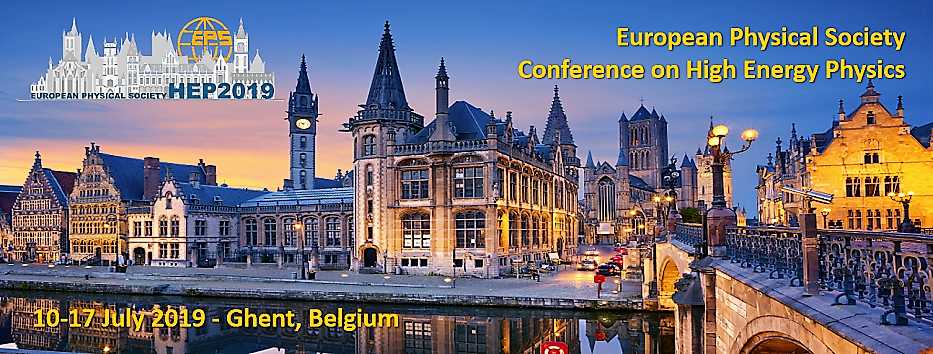Speaker
Description
The Matrix Element Method is a promising multi-variate analysis method which offers an optimal approach to compare theory and experiment. However, until recently its usage has been limited by the fact that only leading-order predictions could be employed. This rather crude approximation of the underlying probability distribution can introduce a significant bias into the analysis which requires a major calibration for the method to be accurate. Moreover, the estimation of the theoretical uncertainties by scale variation in the Born-level calculation may yield unreliable results. We present the extension of the Matrix Element Method to the next-to-leading order in QCD readily applicable to LHC data. The accuracy gain is illustrated by determining the top-quark mass from single top-quark events generated with POWHEG+Pythia. Additionally, the method's potential for BSM parameter determination is demonstrated by extracting a CP-violating Top-Yukawa coupling from events of single top-quarks in association with a Higgs boson.
